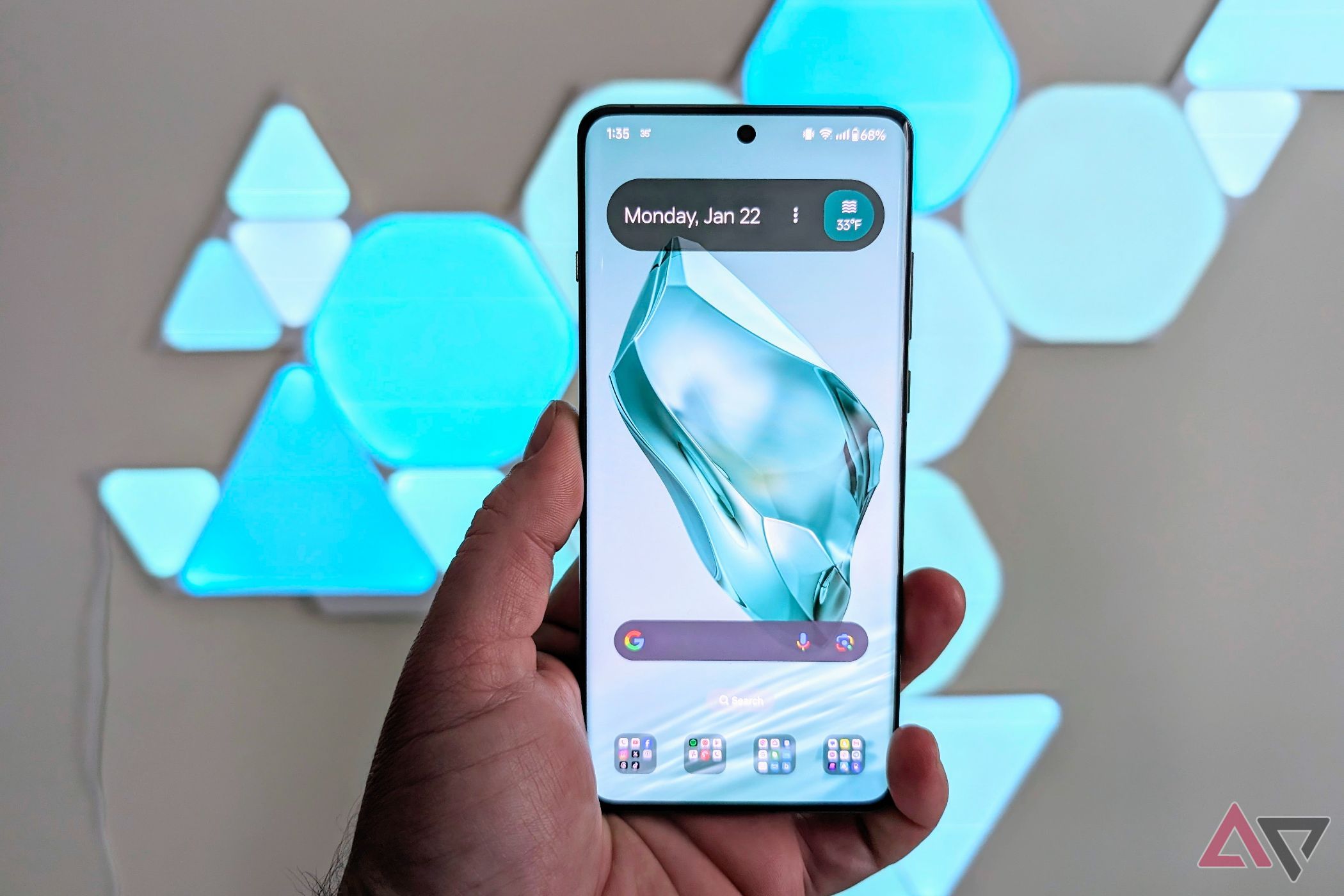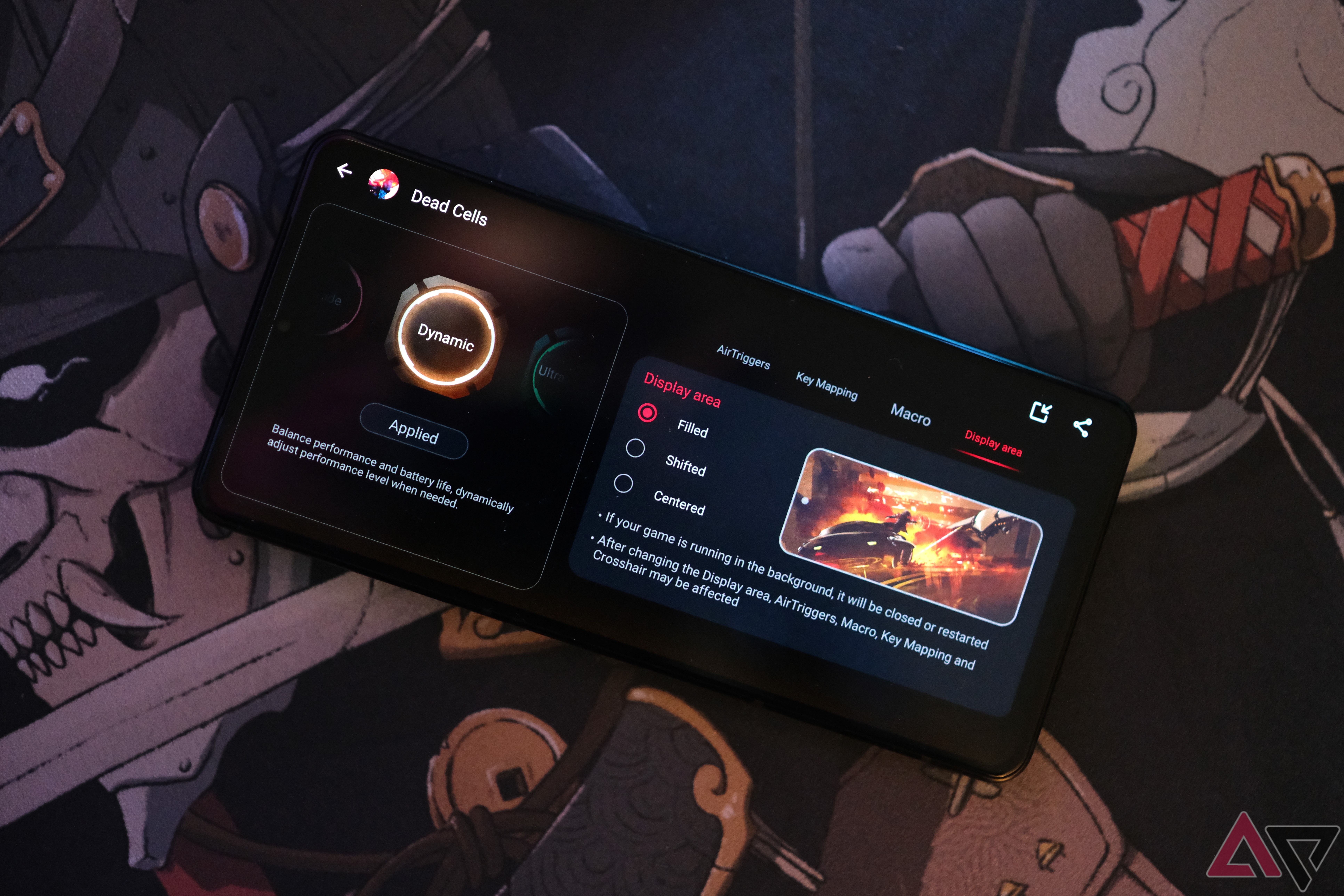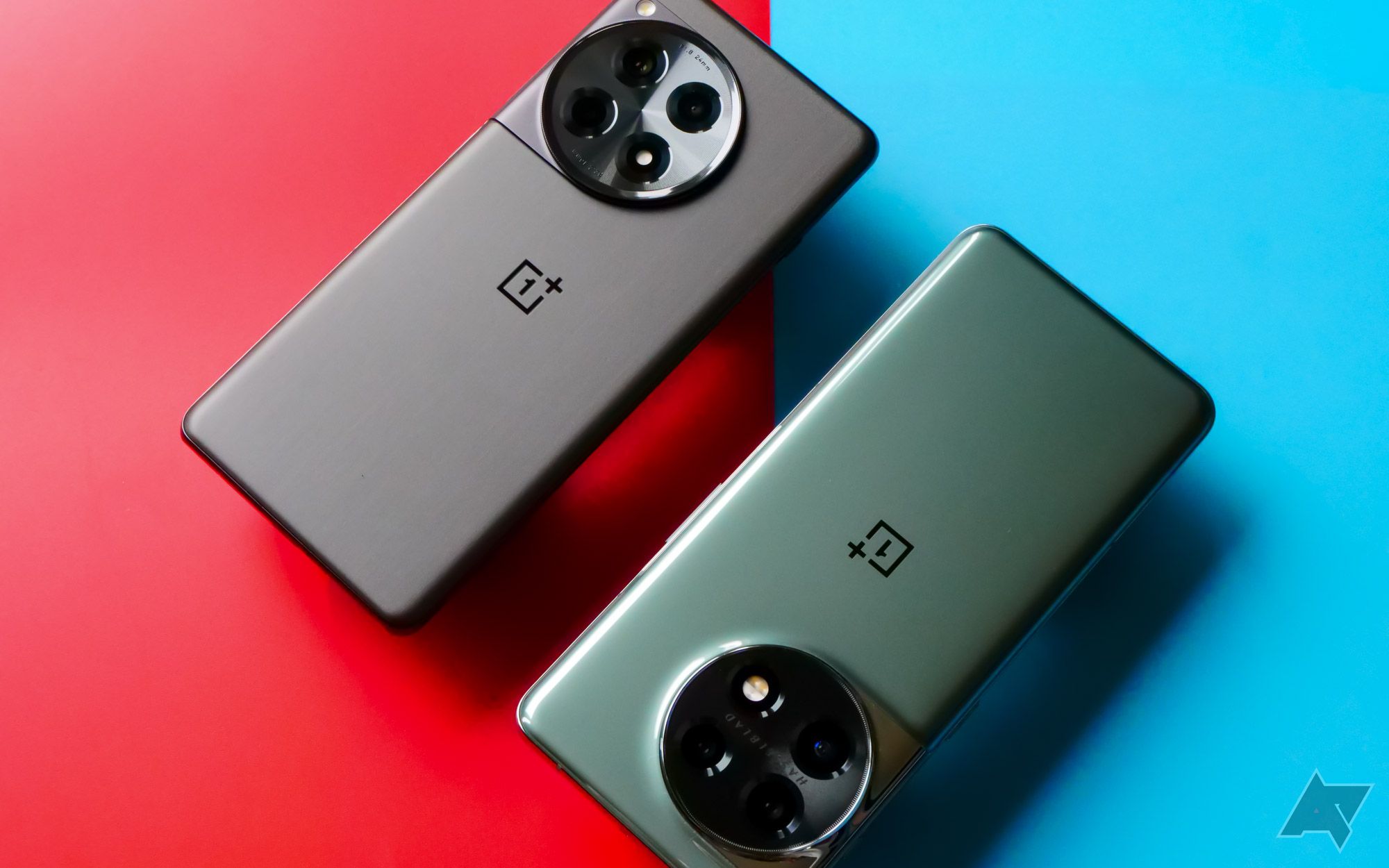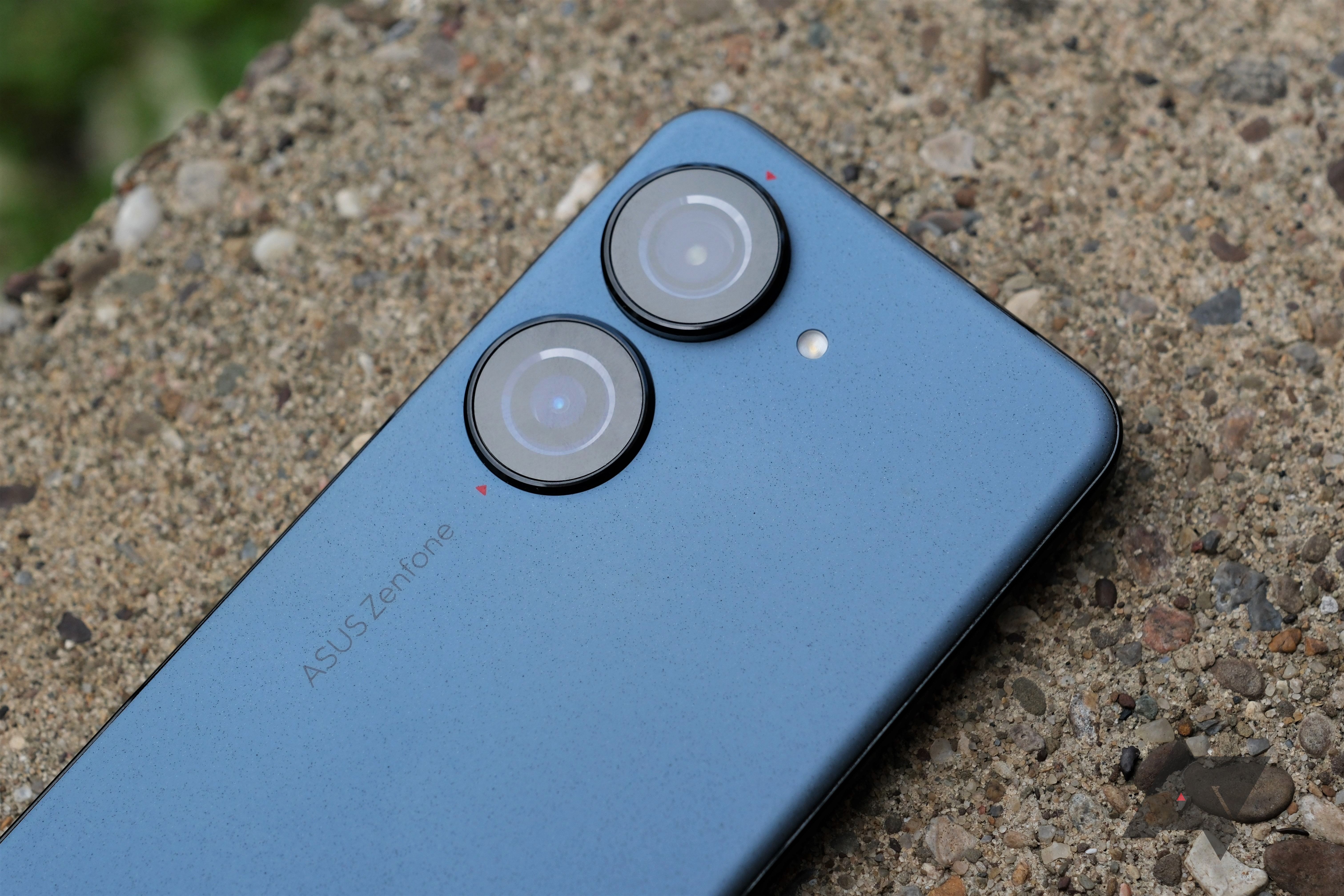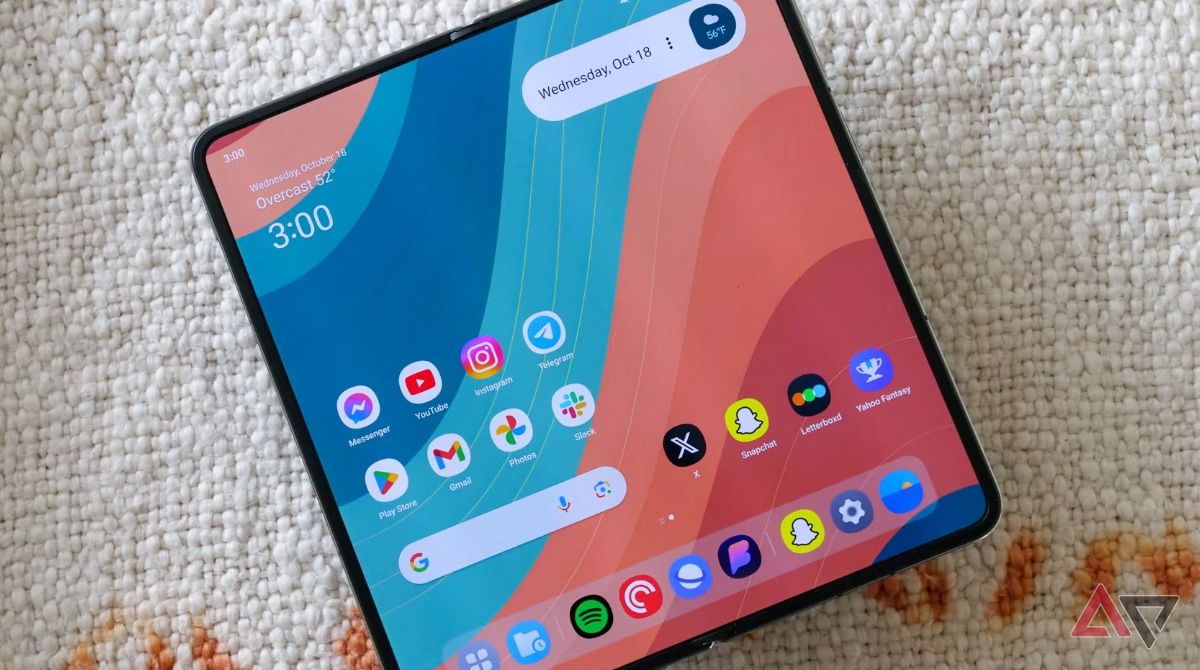Quite a few phones worldwide support the simultaneous use of two physical SIM cards, but not many US models do. In fact, most otherwise dual-SIM-capable phones see the feature disabled in the US market. While US consumers don’t often use dual SIMs, international travelers and small business owners use them to keep a primary phone number active, while providing connectivity to an additional phone line, or even anywhere around the globe.
Instead of importing an international version, aim for one of these US-released dual-SIM phones because global models tend to work poorly stateside, due to differences in frequency band support.
For the purposes of this list, we’re limiting ourselves to phones that support two physical SIM cards simultaneously. But if you’re happy to make your second SIM a virtual eSIM, our larger guide to the best eSIM-compatible phones has lots more options.
Top dual physical SIM phones in the US
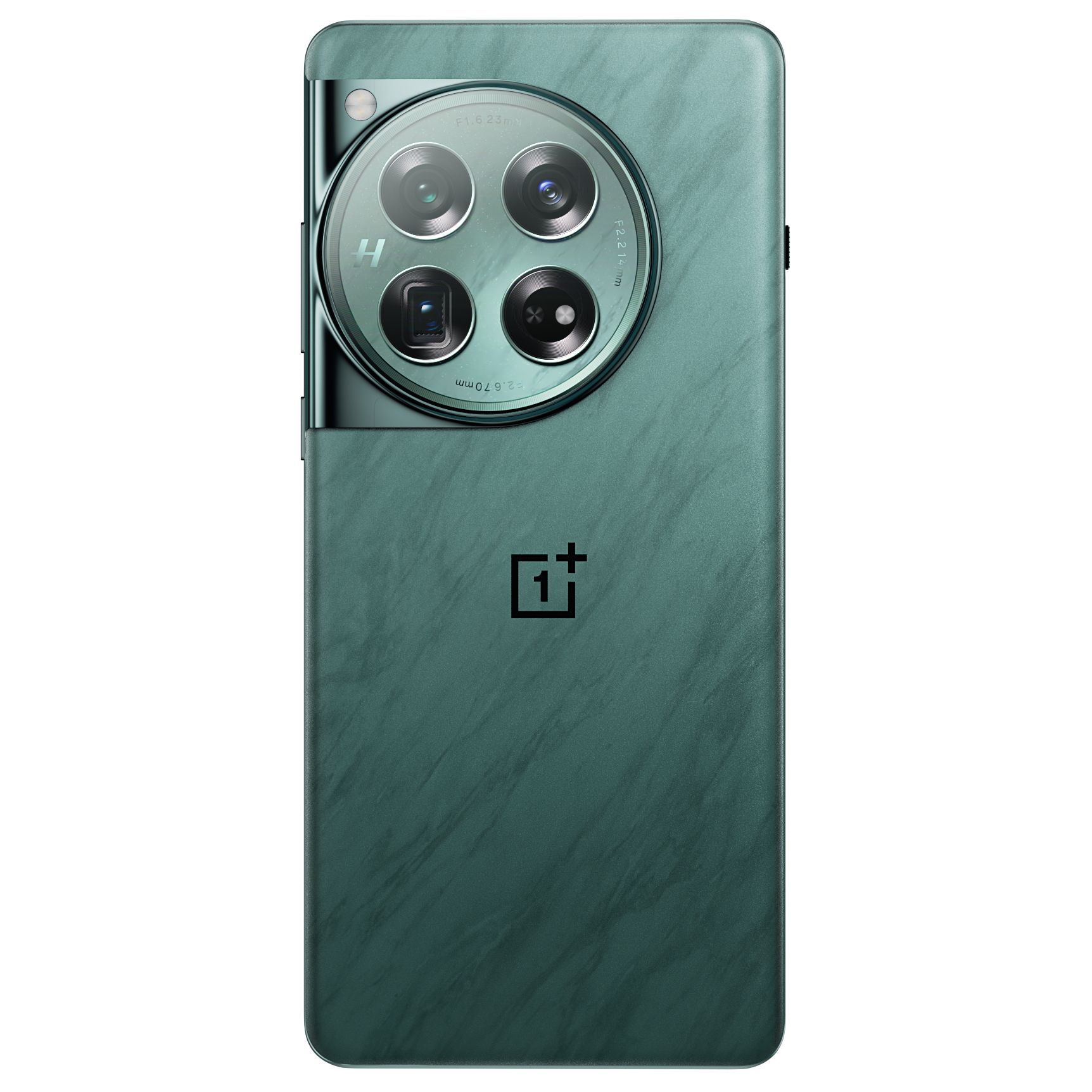
OnePlus 12
Hard to beat at any price
The OnePlus 12, a strong contender for phone of the year, boasts impressive specs, capable software, and a camera that’s hard to beat. It is a fantastic piece of equipment that’s also remarkably well-priced considering its incredible performance and polish.
- Unrivaled performance
- Powerful Hasselblad-designed camera
- Exceptional brightness and color reproduction
- Fingerprint scanner could be quicker
- Software still needs minor refinement
- Not available through carriers
Few devices improved on their predecessors the way the OnePlus 12 did. Equipped with the powerful, efficient Snapdragon 8 Gen 3 and up to 16GB of RAM and 512GB of storage, it crunches numbers, loads apps, and runs resource-intensive software like none other. The screen rivals the best in terms of colors, peak brightness, and pixel density, only barely outclassed by the class-leading S24 Ultra due to the latter’s exclusive Gorilla Glass Armor finish.
The OnePlus 12 offers other convincing pros, particularly in its impressive camera array. Developed in conjunction with long-running camera heavyweight Hasselblad, it takes some of the best shots we’ve ever seen, roundly beating most of the competition. And while OnePlus doesn’t rely on as large a stable of AI tools for photo retouches as its competitors, its imaging processing works great in both auto and manual modes.
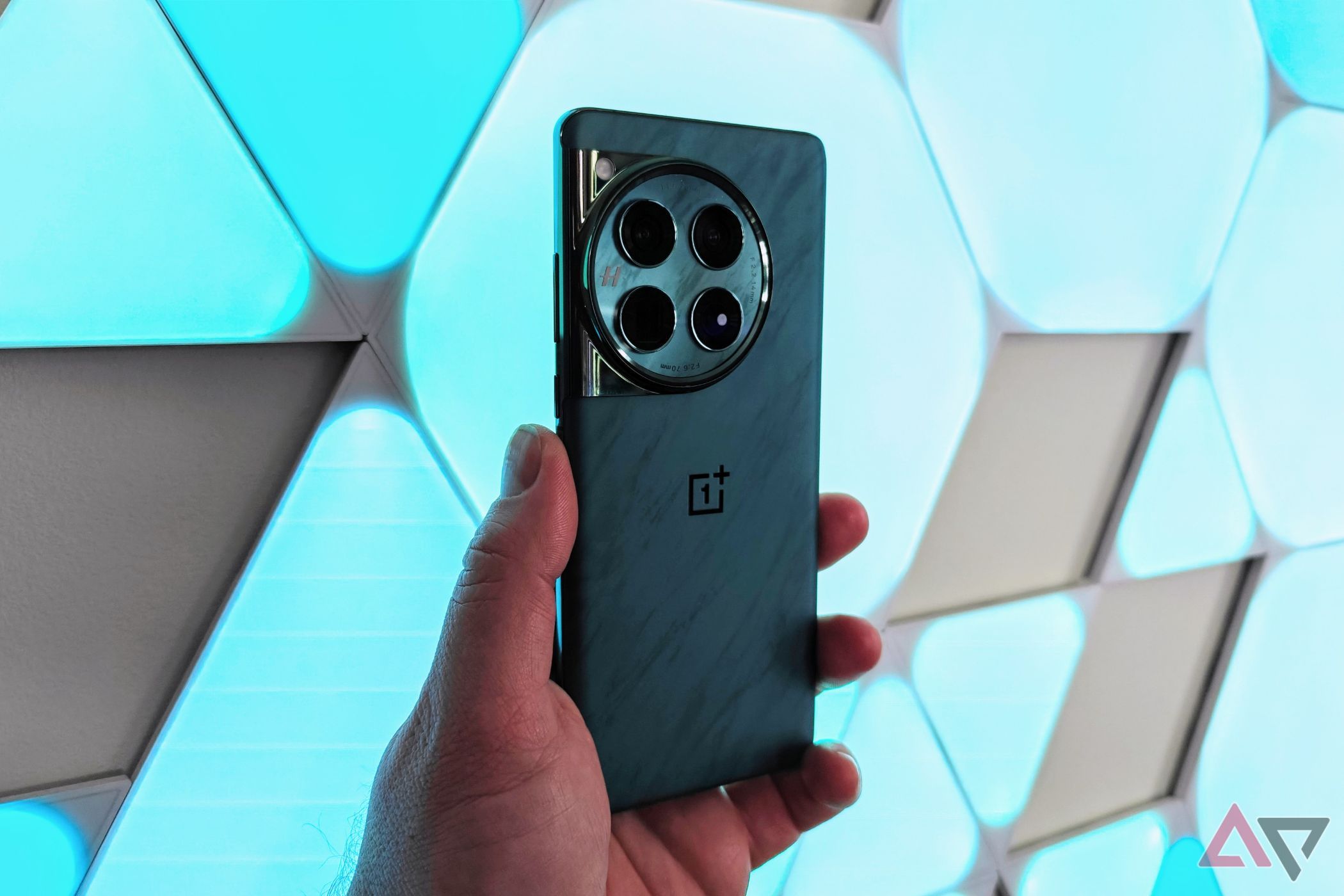
OnePlus 12 review: All flagship, no AI
This phone leaves nothing on the table, making for a truly complete package
Possibly the most shocking thing about the OnePlus 12, though, is its cost. Despite its contention for the best phone ever, its $800 MSRP undercuts most large-screen alternatives — not even including the $100 instant rebate from OnePlus simply for recycling any old phone you have sitting around. Your move, Samsung.
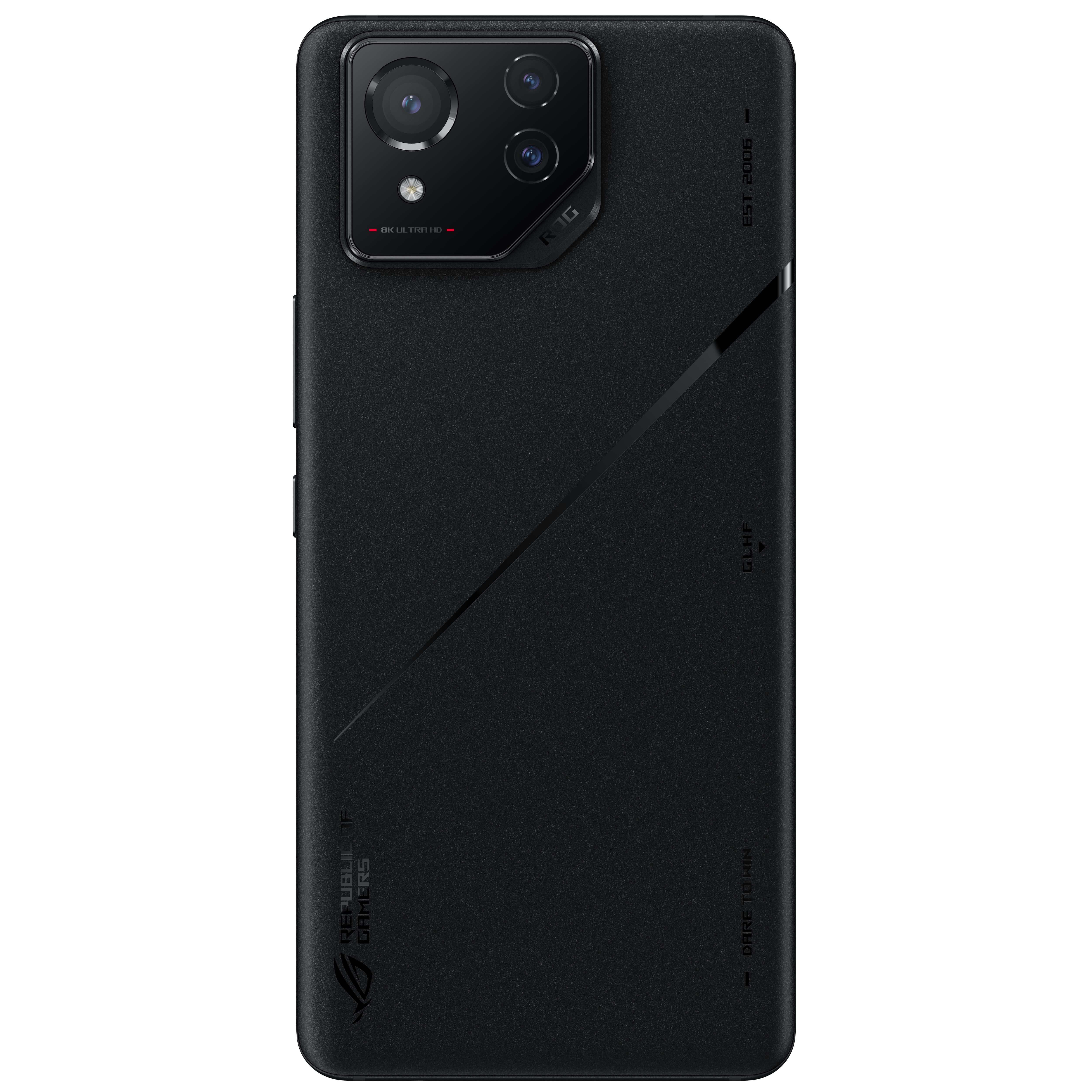
Asus ROG Phone 8 Pro
Top-notch hardware, at an extreme cost
If money’s no object, it’s hard to top the ROG Phone 8 Pro. The full $1,500 investment nets you 1TB of storage, 24GB of RAM, and the proprietary AeroActive Cooler X that all but guarantees it won’t hit thermal throttling in the most demanding games. There’s even a pair of console-like triggers integrated for a fully capable gaming experience.
- Helpful gaming and recording features
- Great battery life and charging speed
- Headphone jack and alternate USB charging port
- Not quite as gaming-specialized as before
- Annoying punch-hole camera cutout
- Costs an incredible amount
While it lacks a few touches that made its predecessor unique (like the bezels for easy two-handed gripping, and the dual front-facing speakers), the ROG Phone 8 Pro still packs the most capable hardware selection and a host of software tools tailored to the gaming experience. For starters, it provides extensive interface control, letting you pick and choose which parts of Asus’ Android implementation to use.
It also makes game organization simple, and lets you customize performance modes and adjust how much of the display each game assumes to ensure on-screen elements aren’t compromised. If you want to record a gaming session, including the direct sound feed, Asus’ software makes it a breeze. It’s also the only recent phone with a second USB port on the side, for plugging in a charger or power bank when the battery’s low, or when you just don’t want to exhaust power reserves on a demanding game.
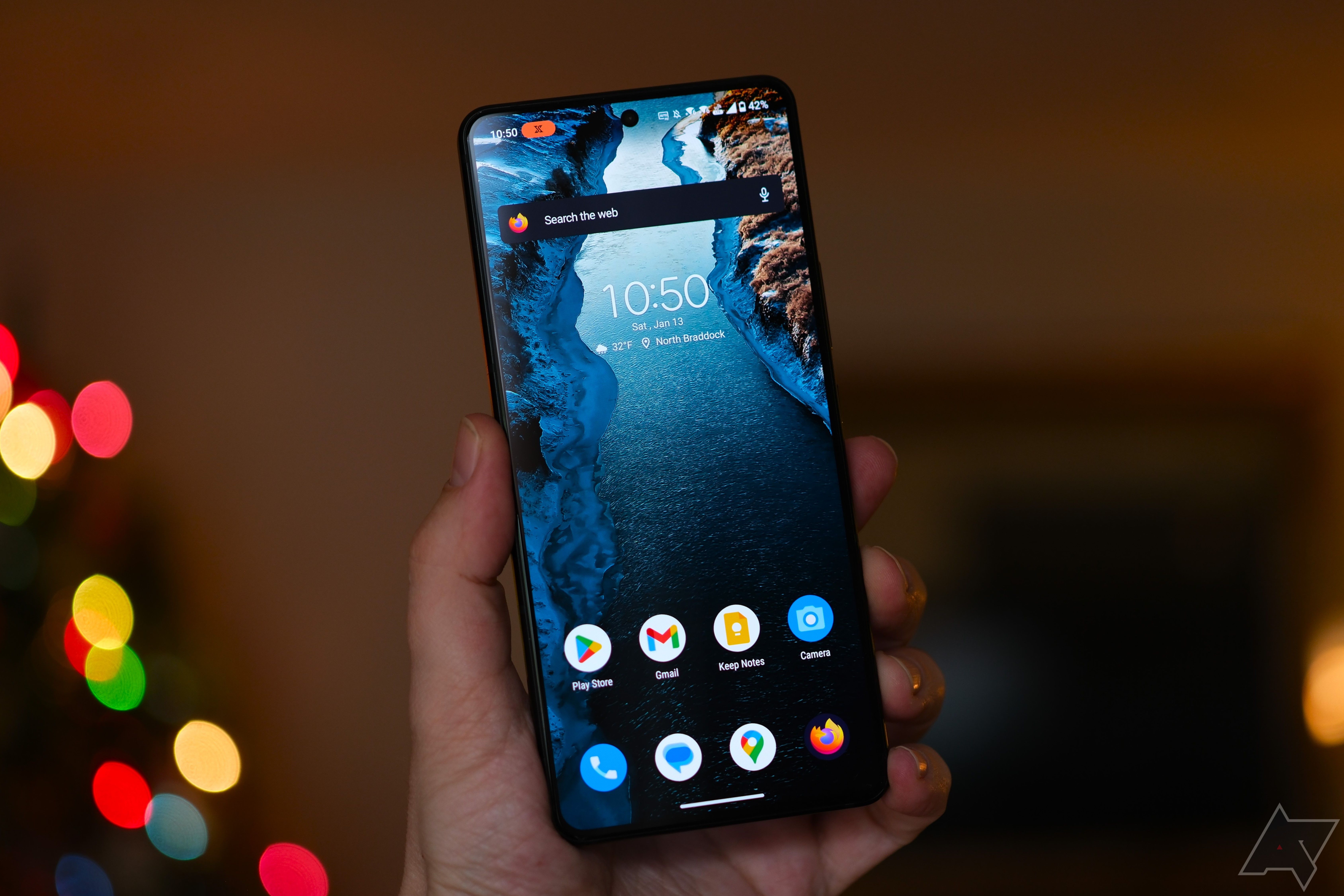
Asus ROG Phone 8 Pro review: I’m not sure this is a gaming phone
Asus has changed the ROG Phone formula, and I’m not convinced it’s for the better
Altogether, it showcases the company’s clear talent for giving gamers an immersive, convenient, fun experience. The knock-on effect, of course, is that it’s a fantastic phone in its own right. Built for performance, it houses a beefy battery that you can’t deplete in a day without playing some high-FPS 3D titles. And it charges at 65W, in case you played too long, and it’s about to die. The biggest problems with the ROG 8 Pro are that it’s overkill for many non-gamers, and even those who love it will have to shell out quite a bit of cash.
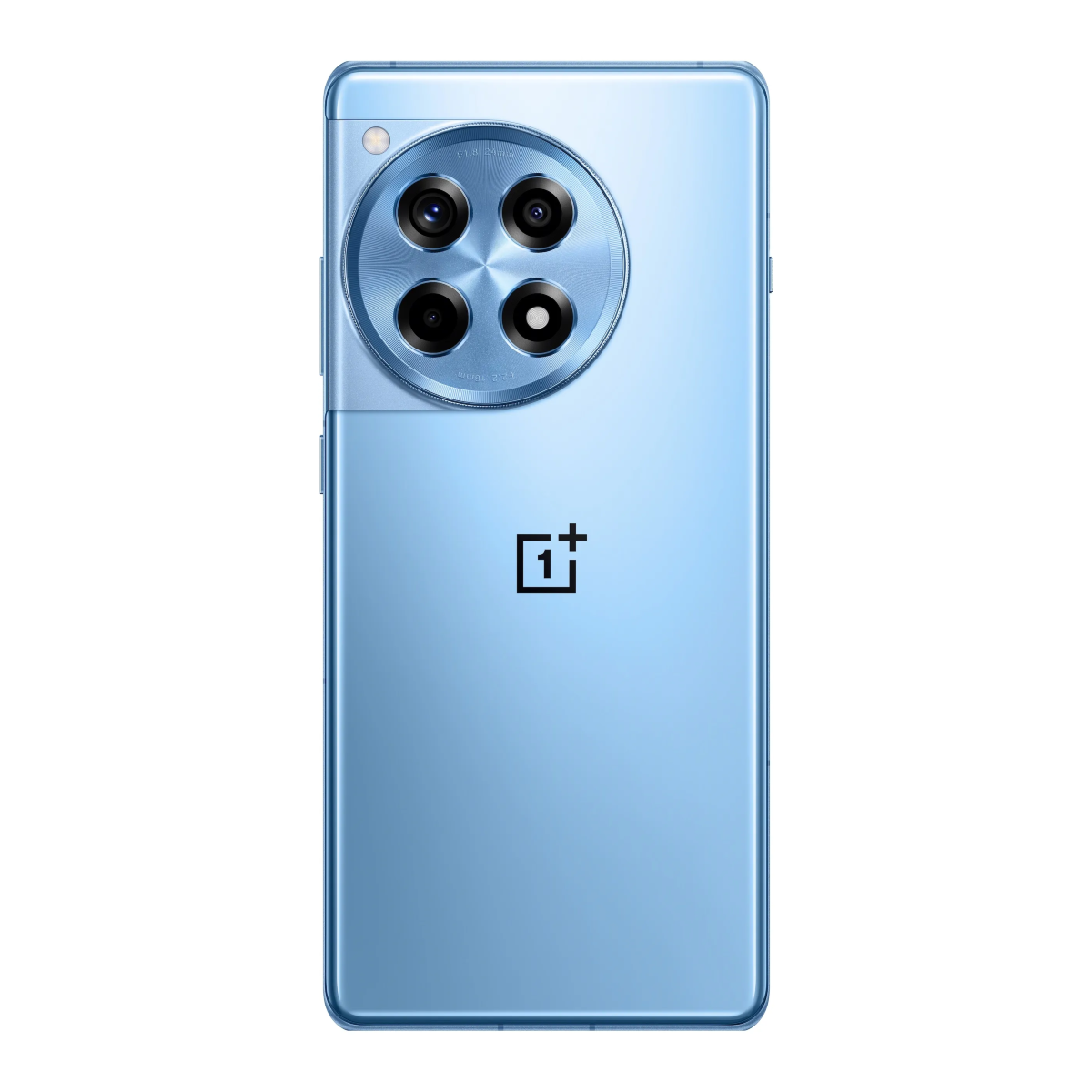
OnePlus 12R
Practically flagship-class specs for half the price
An impressive set of components wrapped up in a package starting at $500 makes the OnePlus 12 the early favorite for the year’s flagship killer. Just a year ago, something this well-equipped would have demanded some $1,000, but this one’s brand new, packed with features, and easily capable of maintaining high performance throughout its lifespan.
- Top-quality display
- Class-leading battery life
- A host of hardware and software usability features
- No wireless charging
- Below-average software support lifespan
Out of all the phones we tested in 2023, quite a few had nearly identical hardware, and in some cases a lower-quality display, than 2024’s OnePlus 12R. Most of those phones also led their manufacturers’ lineups and cost nearly $1,000, compared to the 12R’s paltry $500 MSRP. When viewed from that lens, OnePlus’ midrange offering looks outright incredible, yet in some ways, it still rivals the most expensive.
The screen, for example, is as bright and colorful as its more costly relative, making for easy use in direct sunlight, and powerful reproduction of your favorite movies, shows, and cat videos. It also lasts longer between charges and charges faster than nearly anything else on the market. Three minutes on the included 80W charger can add nearly 15% to the battery. Outstanding.
It’s not without faults, although certainly none of them are huge trade-offs. We’d love a more reassuring IP rating (the full-on OnePlus 12 fails us here, too) and the relatively bog-standard camera works OK, but nowhere near Hasselblad’s level. We’re also not huge fans of the middling 3-year Android update promise, especially when competitors are going so much farther, and it’s clear the hardware should hold up fine.
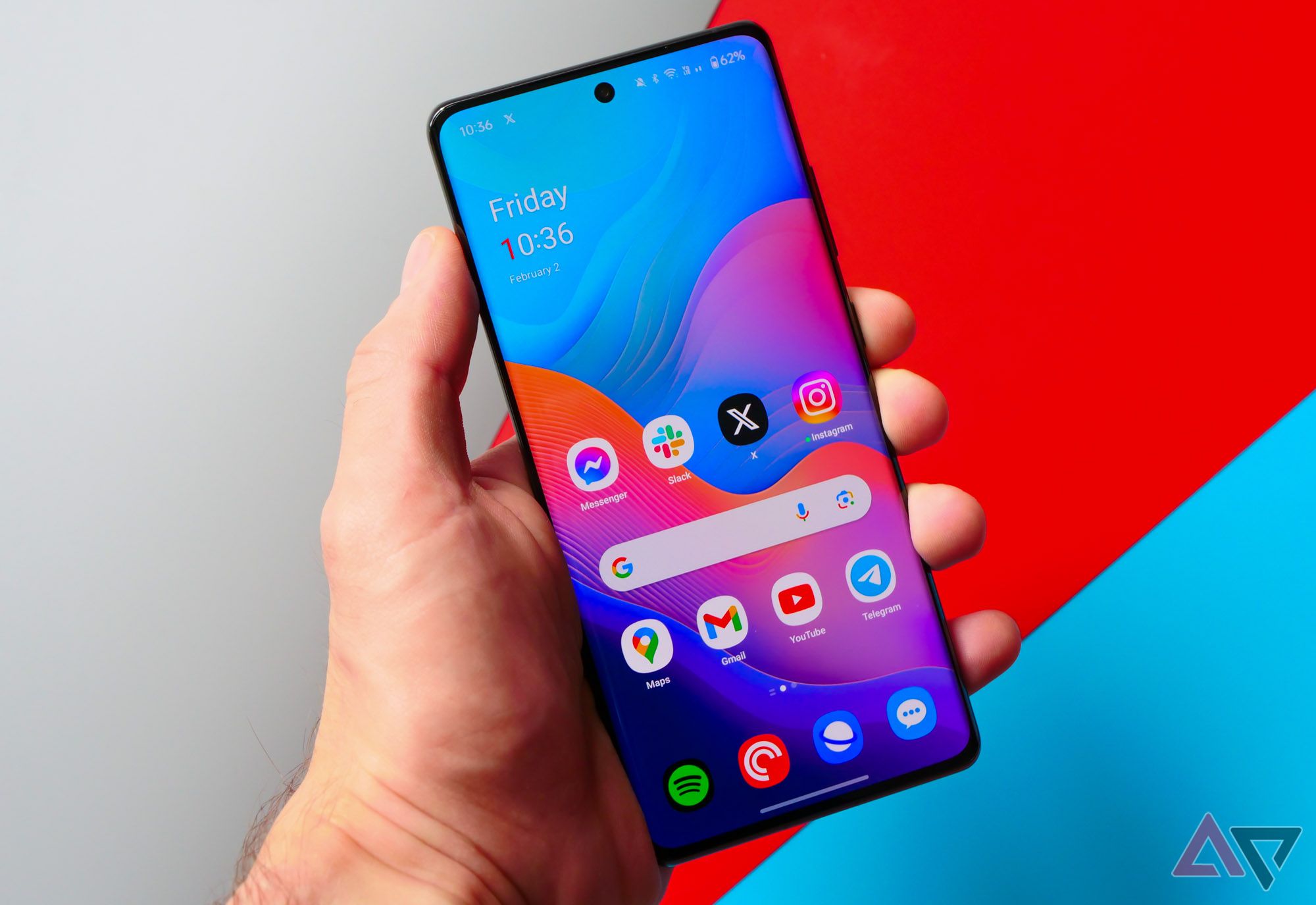
OnePlus 12R review: A real flagship killer for $500
A phone that packs all the power you need for the price you want to pay
Overall, though, it’s an impeccably equipped phone, including some user-friendly touches that make it great for day-to-day use. Using a phone with a mute slider always makes us appreciate our ringtone (or lack thereof) a little more. OnePlus also delivers faster, more consistent, less light-demanding face unlock than any Android competitor. Asus’ Aqua Touch shows up here, too, making the 12R surprisingly easy to use when drops of water enter the fray and would normally confuse the digitizer. Quite simply, at $500, you can’t do better than the OnePlus 12R.
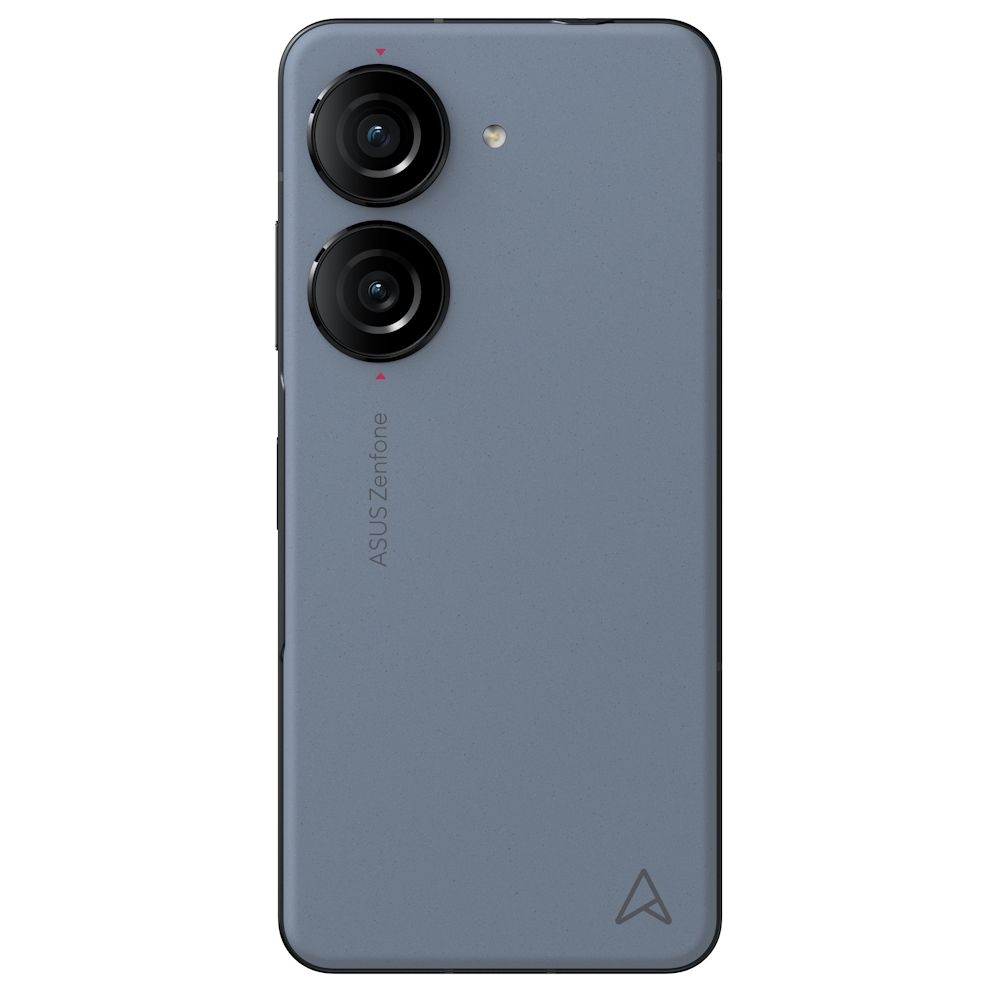
Asus Zenfone 10
Small, powerful, and surprisingly well-priced
The Zenfone 10 isn’t just the best small dual-SIM phone, it’s one of the best in the entire market for one-handed use. While not specifically known for its software, Asus’s Android implementation offers a good deal of customization and performs swimmingly on top of the Zenfone’s premium components.
- Great battery life
- Full aptX BT codec support and headphone jack
- Costs less than comparable flagships
- Awkward bezels and chin
- Heavily rounded corners reduce effective screen space
- Nearly 1cm thick
Only a couple of flagship-level devices fall under the 150mm-tall mark, and the Zenfone 10 is the only one with dual SIM slots. Asus typically caters to something other than the typical mainstream market, and its compact handset feels a little like using smartphones of the past, but with modern hardware and design.
It sports all the hallmarks of a flagship device, including great performance and a battery life that few can beat. The cameras also make a mark, with consistently sharp, well-saturated images that come out well in nearly any lighting. We’re also pleased with the built-in image stabilization, which combines multiple techniques in its adaptive EIS implementation to take the smoothest, most stable videos this side of iOS.
And lest you think it falls behind in the software department, Asus actually takes a couple more steps compared to some manufacturers. Fully aware it makes one of the last small phones, it includes some helpful tricks specifically for making one-handed use fast and simple. There are also a lot of performance and power-related settings to adjust, so you can focus on battery life or raw speed.
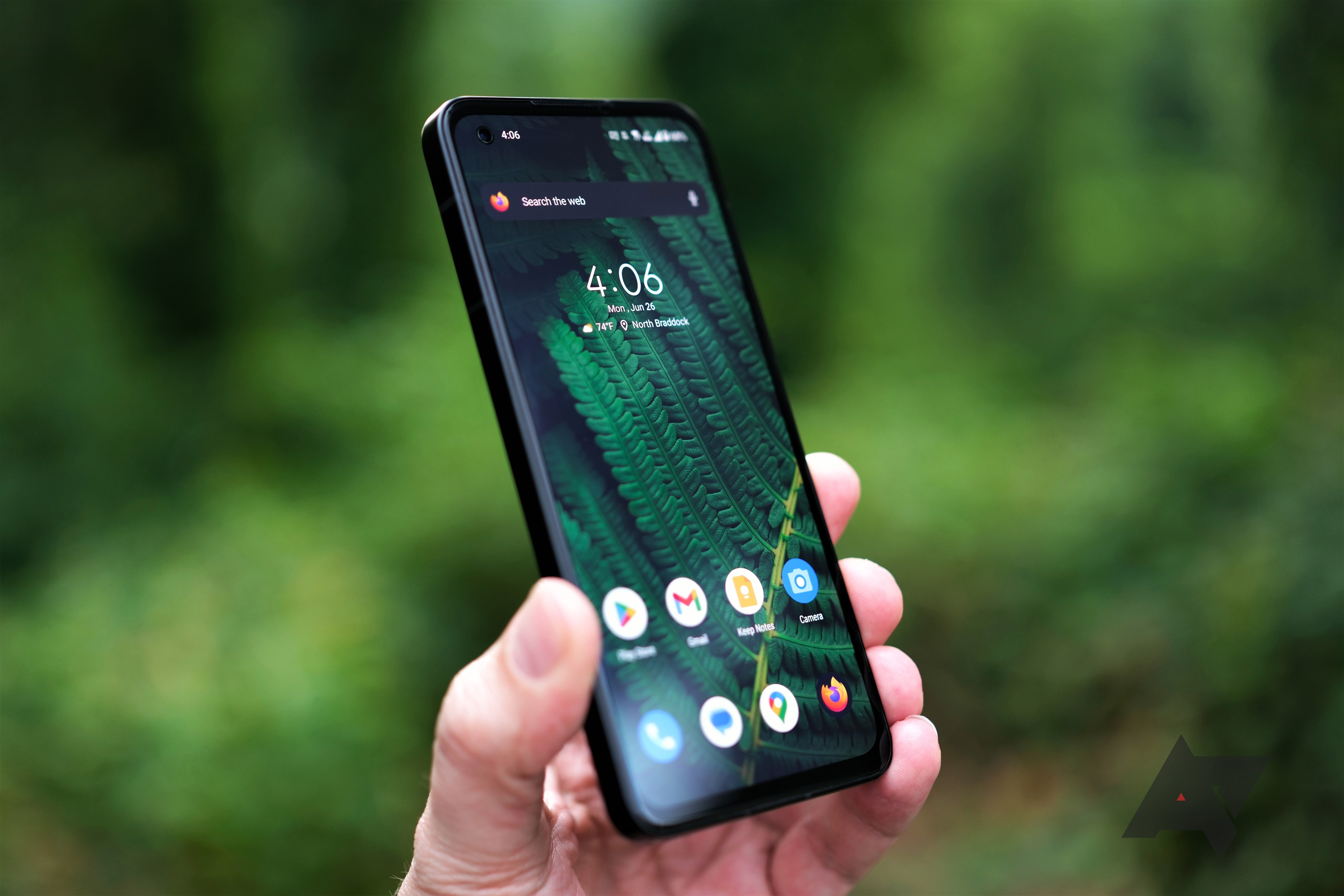
Asus Zenfone 10 review: The last of the (good) small phones
Good things still come in small packages
You have to dig somewhat to find the Zenfone 10’s faults, but one big one is the limitation to just two full Android updates. That’s awfully meager compared to some, but it’s not like you have to stop using it once you’re stuck on Android 15, even if other models get later versions. It’s also a bit thicker than today’s other small phones, but that doesn’t actually reduce one-handed usability much. If you have small hands and need two SIM cards, the Zenfone 10 is your best shot.
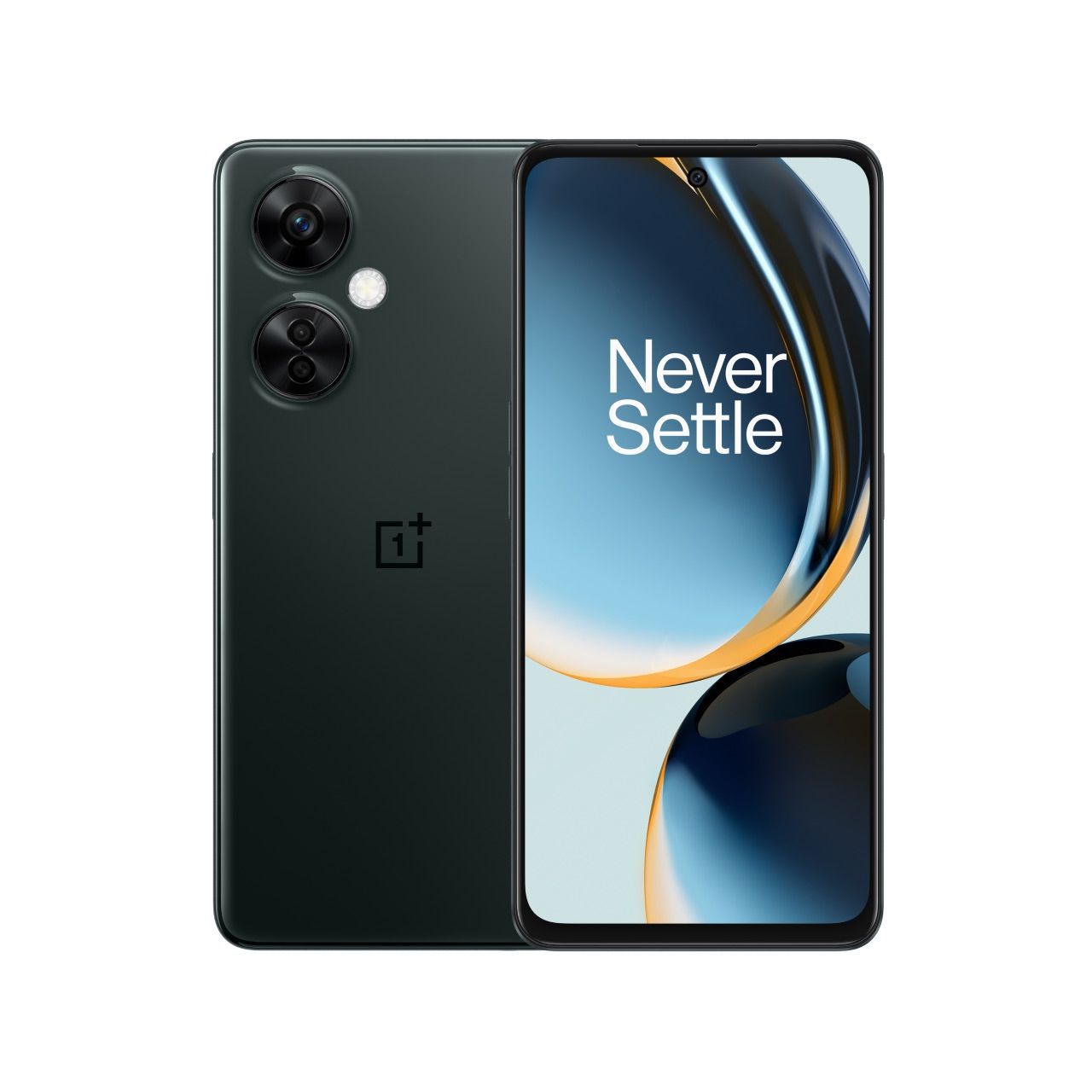
OnePlus Nord N30 5G
As little as you can spend on a high-quality, lasting device
The most affordable phones usually necessitate making some pretty significant trade-offs, but the Nord N30 works quite well for a phone that costs $250 new. The Snapdragon 695 won’t win any races but performs pretty well in games. And 8GB of RAM, 128GB of storage, and a display that punches above its price class fill out this well-rounded package.
- Bright and colorful LCD
- Support microSD storage expansion
- Headphone jack included
- Display not as good as previous OLED
- Cameras aren’t great
- Stuck on Android 14
At this point, you might notice a trend: The best dual-SIM phones in the US come from relatively small players in the North American market, who have few to zero carrier tie-ins. OnePlus scores again with the budget-friendly Nord N30, one of the few devices in the $200 to $300 range that doesn’t exhibit any obvious deal-breaking downsides.
While the hardware’s far from high-end, it’s perfectly passable for the way most people use their phones. The primary camera probably serves as the biggest black eye, and even it’s not terrible — it just might take a few extra tries to get a crisp photo without a blown-out white balance. The battery life could also be better, but it will last most people all day, and the N30’s 50W charging makes quick top-ups especially effective.
You won’t ever mistake your N30 for a flagship while using it, of course. The materials and build quality just aren’t up to snuff with more costly models, and significantly demanding software can bog it down periodically. We’re also not big fans of its limitation to Android 14. But if you travel internationally and want to stay connected in two places at one time, the Nord N30 is a good tool for doing so without spending much.
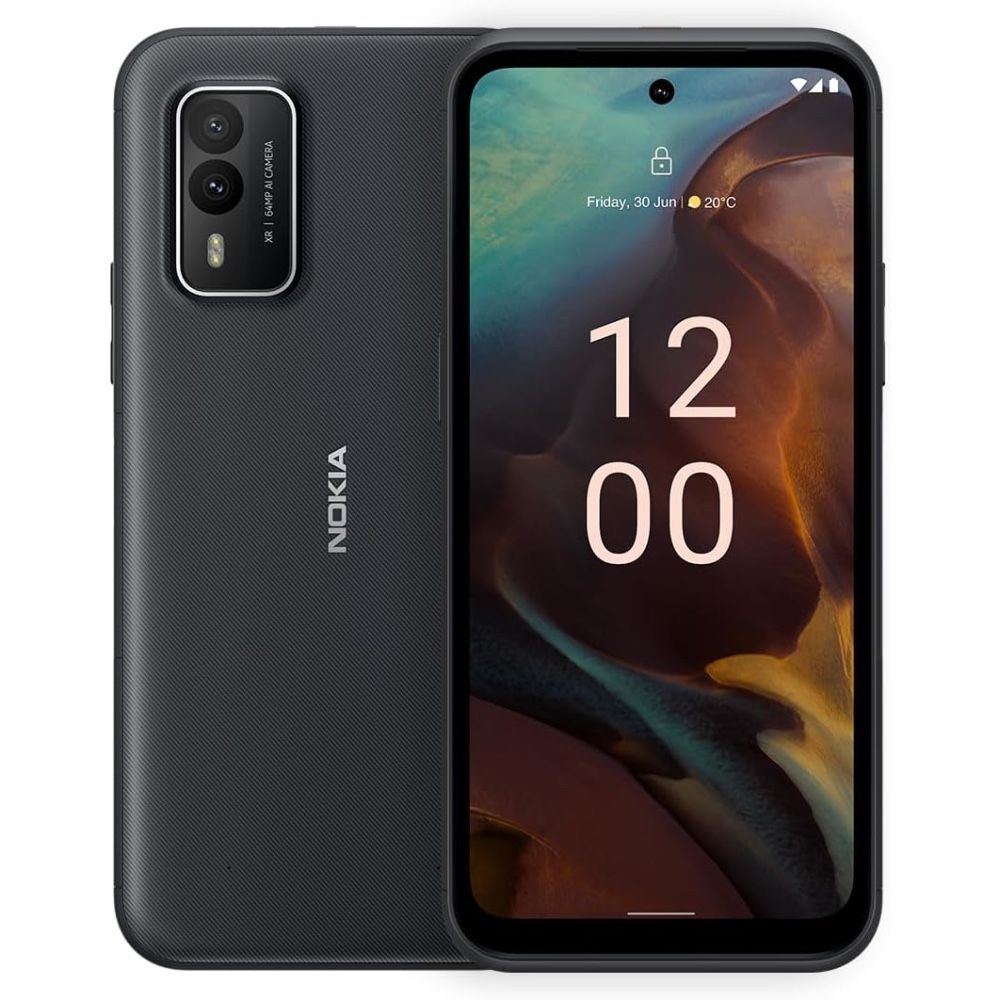
Nokia XR21
A niche option that does its own thing better than the rest
The XR21 carries on with Nokia’s reputation for nearly indestructible phones, which goes all the way back to the iconic Nokia 3310. While HMD’s latest dual-SIM smartphone isn’t exactly as bulletproof as its feature phone predecessors, it’s as resilient as any touchscreen device on today’s market, even against pressurized water jets.
- Nothing matches its heavy-duty construction
- Extensive frequency coverage for international use
- Extreme water resistance
- Only 128GB of storage with no microSD expansion
- Big and heavy
- Slow, inconsistent update support
With few truly waterproof phones on the market, the Nokia XR21 runs at the front of the pack. It’s not just rated for IP68 immersion and IP69K water jet exposure — confusingly, a device could theoretically be one, but not the other — it’s also engineered to a higher degree of durability than any other mainstream phone today.
The term “military-grade” doesn’t really mean anything, but advertising MIL-STD-810H ruggedness does at least indicate that the manufacturer put the device through repeatable standardized testing to ensure it can withstand drops of at least 1.8 meters — on concrete, no less. This brings up a couple of XR21 drawbacks: size and weight. It’s bigger and heavier than the OnePlus 12R and Nord N30, despite having a slightly smaller screen, but that’s wholly expected with a decidedly rugged phone.
From a pure smartphone usage standpoint, Nokia’s rugged leader works just fine. Its Snapdragon 695 SoC is a common choice for affordable, efficient, well-performing phones, and while it’s no barn-burner, it’ll have no problem running common apps for years. Unfortunately, you’ll be using Android 14 no matter how many years you keep it, but even Android’s getting somewhat iterative upgrades these days.
If your specific use case doesn’t call for a heavy-duty handset, then the XR21, its midrange performance, and its relatively high price tag might not be for you. But if you know you’ll be subjecting your gear to any extremes, it’s not just the only choice; it’s a very good one.
Possibly telling, also, is the fact that until recently, the XR21 was a bit tough to get. As of last week, though, it’s readily available, unlocked, from HMD’s (Nokia’s) website, as well as trusted third-party retailers, for around $500.
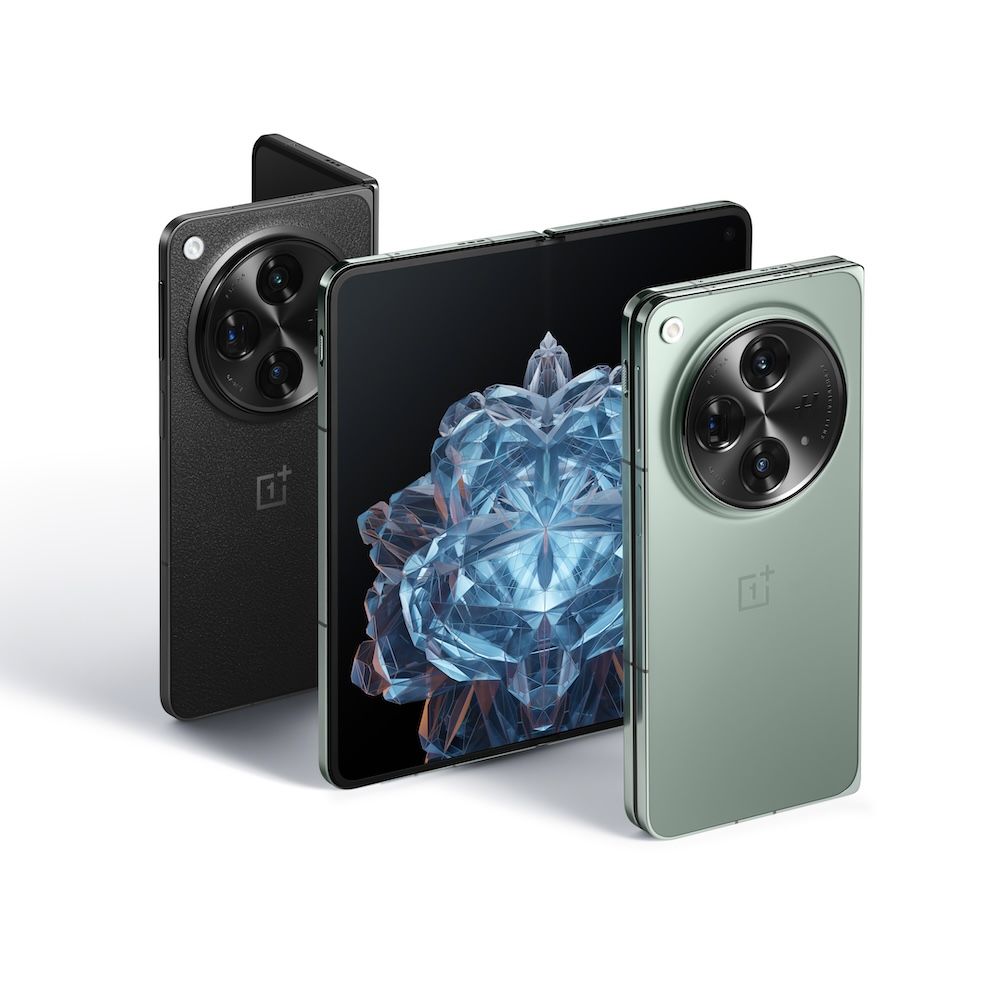
OnePlus Open
Unbeatable, if you can stomach the price
You might expect OnePlus’s first hotdog-folding phone to exhibit some growing pains, but we found nothing of the sort. Its performance, physical design, and software utility all stand with the best, making it an instant rival to Samsung’s now long-running Z Fold series. While it’s as pricey as any tablet-style foldable, it’s also the only dual-Sim version offered in the US.
- Absolutely premium look and feel
- Better cameras than other foldables
- Battery life rivals leading slab phones
- OxygenOs could use some refining
- Lacks wireless charging
- $1,700 MSRP is quite the ask
We typically expect first-gen devices to fall short in one or two massive ways, but the OnePlus Open did basically the opposite. Its designers learned so well from competitors’ successes and failures that the Open hit the ground running as the best foldable smartphone yet released.
The first few foldable generations made big sacrifices, specifically in the battery life and camera departments. Advancements in SoC efficiency helped OnePlus a good bit there, as its Snapdragon 8 Gen 2 draws a lot less power than the previous Qualcomm SoCs used in early foldables. OnePlus has also learned what its multitasking consumers need, implementing a handful of useful software tricks to ensure you get the most out of its 7.8-inch, 1.08:1 inner display.
Otherwise, the Open’s pretty comparable to today’s top non-folding smartphones — in a good way. The battery life, for example, won’t leave you wishing for a single-piece, non-folder, and its 67W fast charging fights off charger anxiety in case you ever do have an especially long day. It also feels every bit as durable (and nearly as slim) as the top-dollar, 7-inch phablets from industry champions like Samsung.
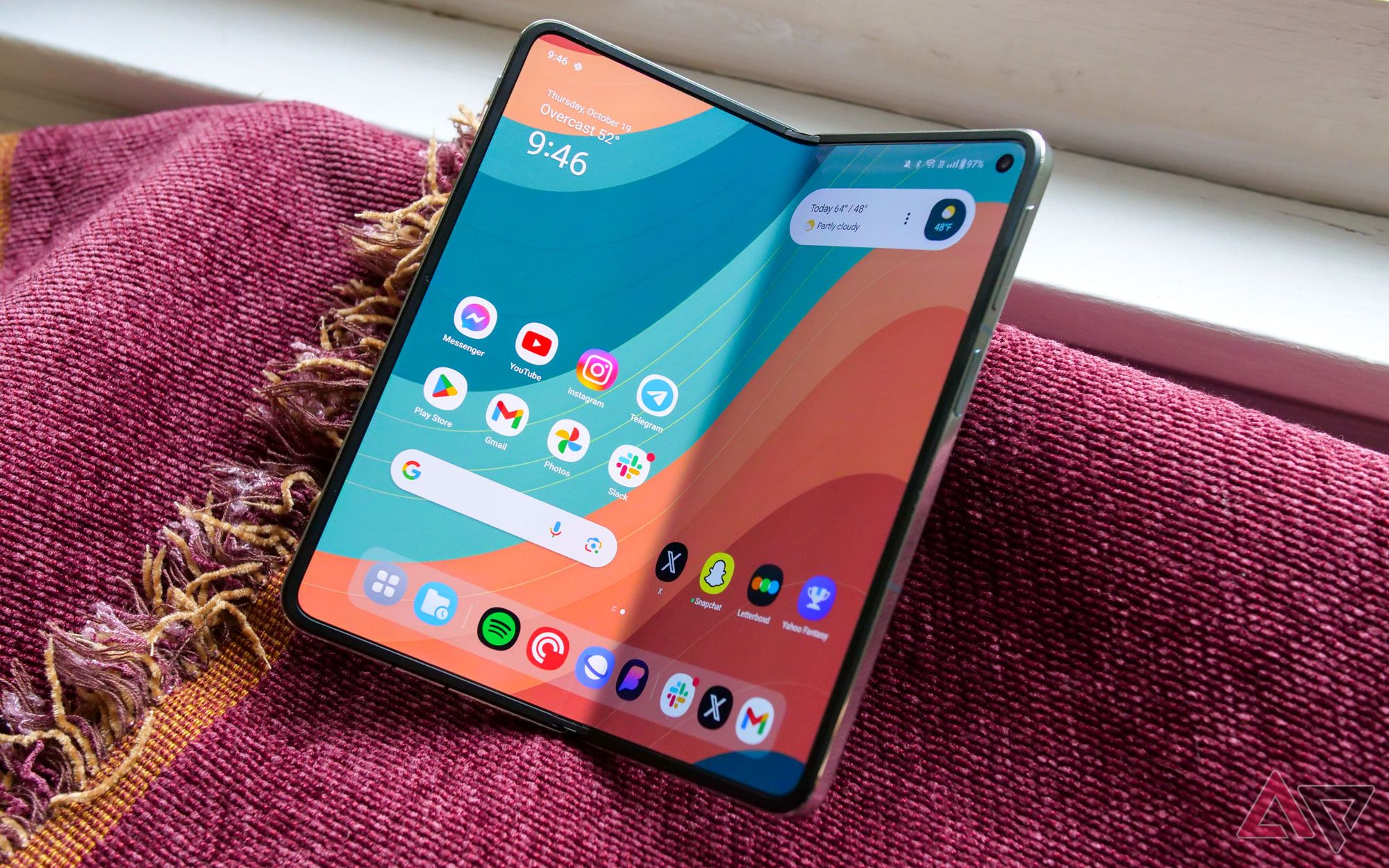
OnePlus Open review: What every foldable should be
Leave it to OnePlus to supply the competition Samsung so desperately needs
No phone’s perfect, and foldables have more chances of going wrong than slabs due to their physical configuration. But the only recurring issues we had with the Open were minor ones and software-based; some delayed notifications, oddly inconsistent HDR photo capture, and a less-than-perfect experience with interface navigation and customization did rear their heads. But none of those were insurmountable as a user, and OnePlus does have the opportunity to streamline those software aspects moving forward. Anyone seeking a foldable with dual-SIM support should be excited over what OnePlus’s Open offers.
Finding a dual-SIM phone that works in the US
Let’s make one thing extremely clear, you can import plenty of international-version phones that might work OK in the US while also accepting dual physical SIM cards. We don’t recommend doing that for two reasons. First, some carriers simply don’t whitelist global models for use on their network. If AT&T doesn’t explicitly allow a certain Samsung Galaxy Global Version phone on its network, AT&T users will have just imported a brick.
Second, even if a carrier does relent and allows the device to connect, it might not leverage the same bands commonly used by US carriers for wide-ranging, high-speed 4G and 5G connectivity. It’d be awfully disheartening to spend several hundred on an imported phone, only to regularly run into dead spots near civilization, and 5Mbps download speeds in medium-sized towns.
Why don’t most US phones support dual-SIM?
We already mentioned one recurring theme: the best dual-physical-SIM phones in the US come from manufacturers who normally have no ties to specific carriers. That’s due to the way US networking functions. Its widespread, sparse population and pre-established, massive corporate market shares mean there are mostly only 4 4G/5G networks to choose from: AT&T, Verizon, T-Mobile, and UScellular. Phone manufacturers tied into those carriers typically disable dual-SIM functionality, even if they offer it in other countries, leading to popular US models like the Galaxy S24 series limited to Nano-SIM+eSim if you want dual-connectivity.
Which dual-SIM phone to buy in the US
Demanding consumers who also need dual-SIM support got lucky this time around. The OnePlus 12 isn’t just the best dual-SIM phone in the US, it’s one of the best phones overall. So you definitely won’t regret using one throughout your international exploits. For that matter, less-demanding users will, similarly, have no complaints about the OnePlus 12R — it’s as close to a flagship killer as they get.
Other dual-SIM phones exist, and are fantastic — the Asus ROG Phone 8 Pro and Zenfone 10 will definitely satisfy anyone looking for peak gaming performance or one-handed usability, respectively. You can also get plenty of bang for your buck from OnePlus’ Nord N30, as long as you’re willing to make some performance and (minor) software longevity compromises.
Finally, dual-SIM users who demand extensive functionality or class-leading durability have two specialized choices. The OnePlus Open wins out over every other tablet-style foldable in most aspects, so there’s no surprise that it’s also the best dual-SIM foldable. And if you’re planning a trip to Mt. Doom anytime soon, the Nokia XR21 and its well-engineered shock, moisture, and dust resistance will ensure you have a working phone no matter what you go through.

OnePlus 12
Hardware performance, camera quality, and ever-increasing software integration make the OnePlus 12 one of the best phones of 2024. It also happens to be one of the few with dual physical SIM card support in the US.




